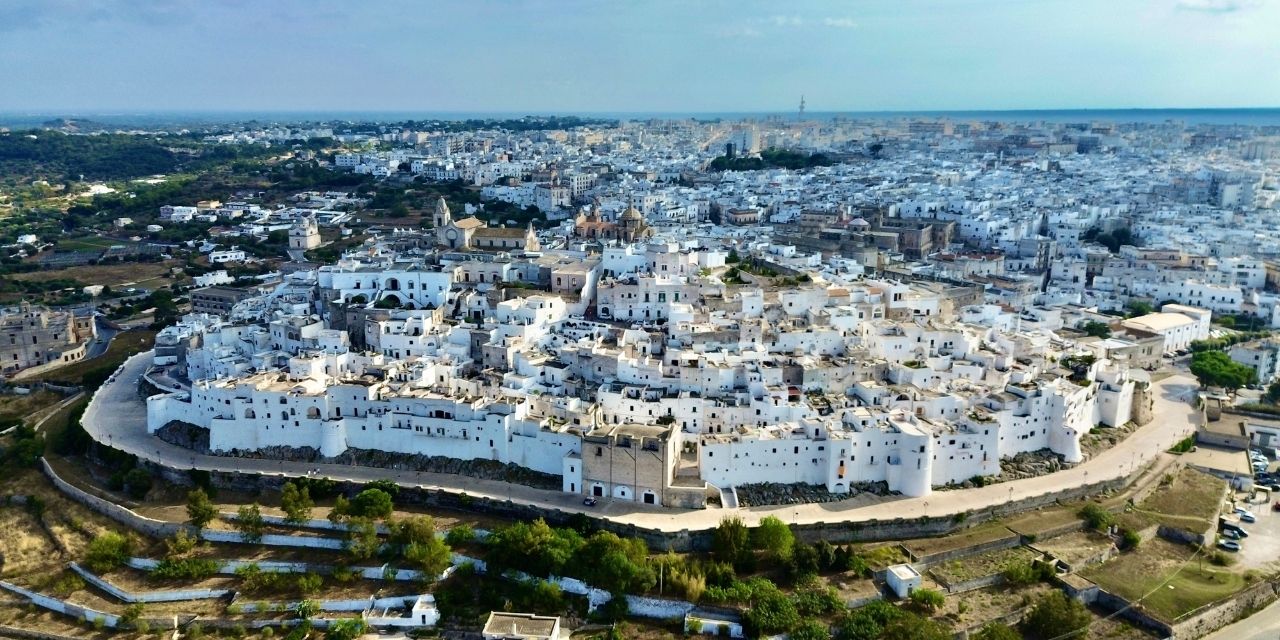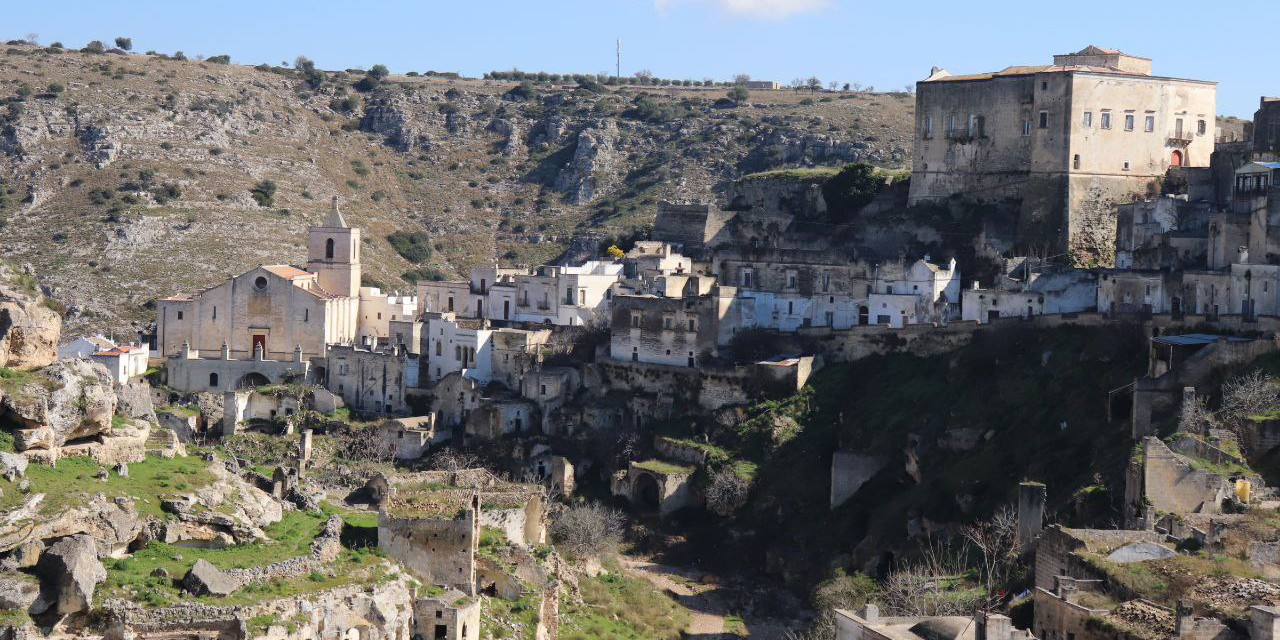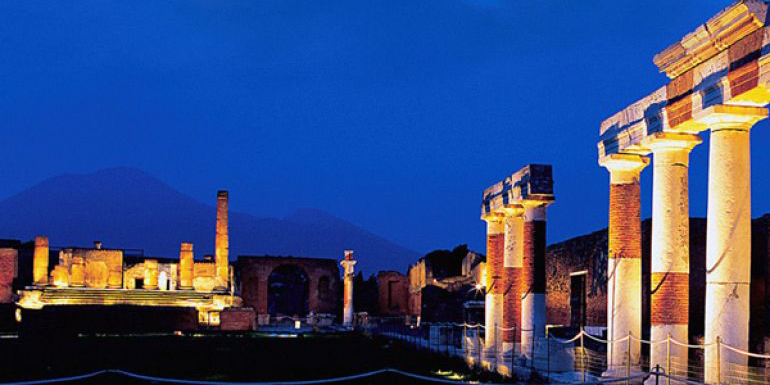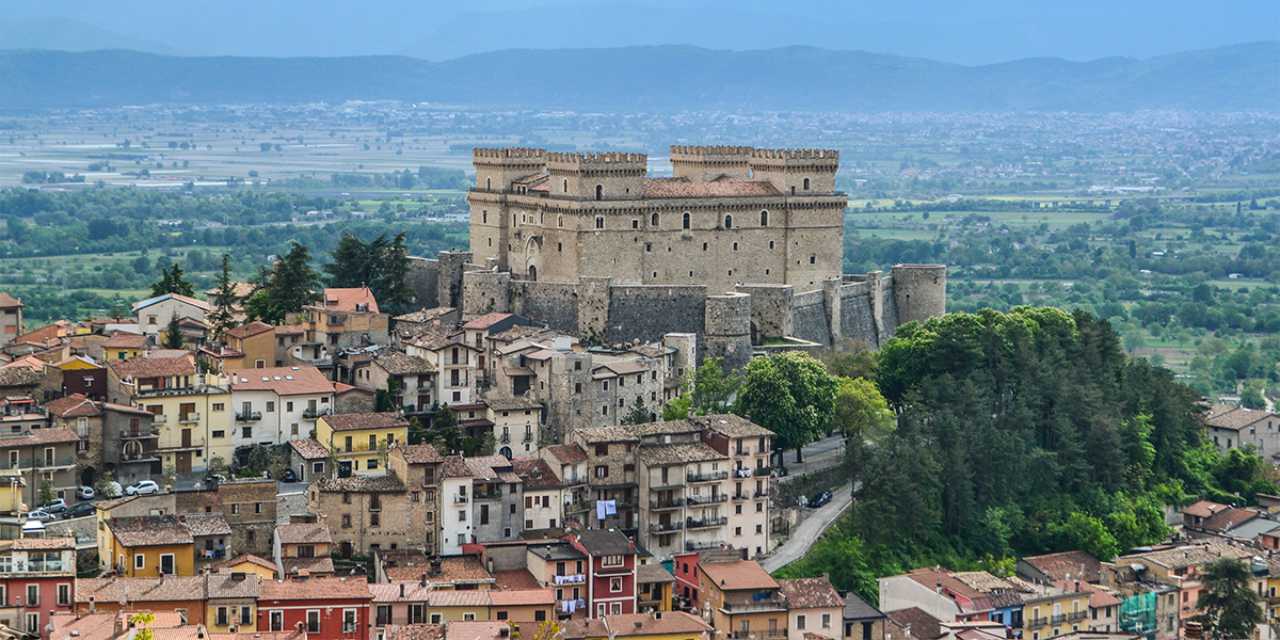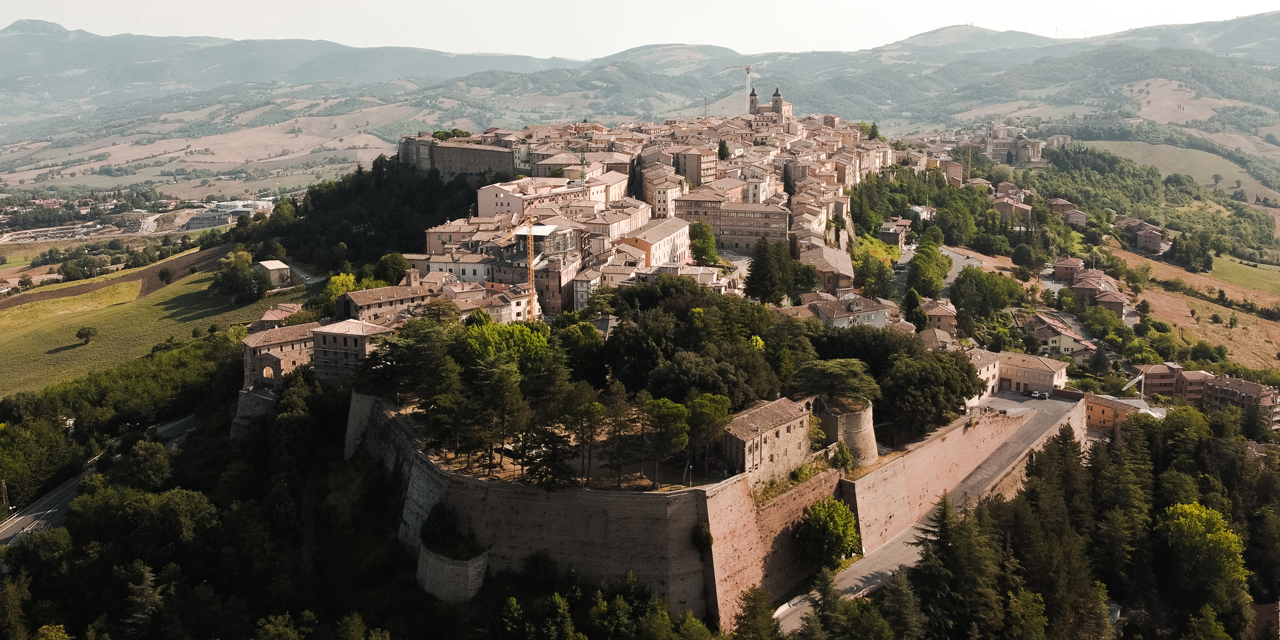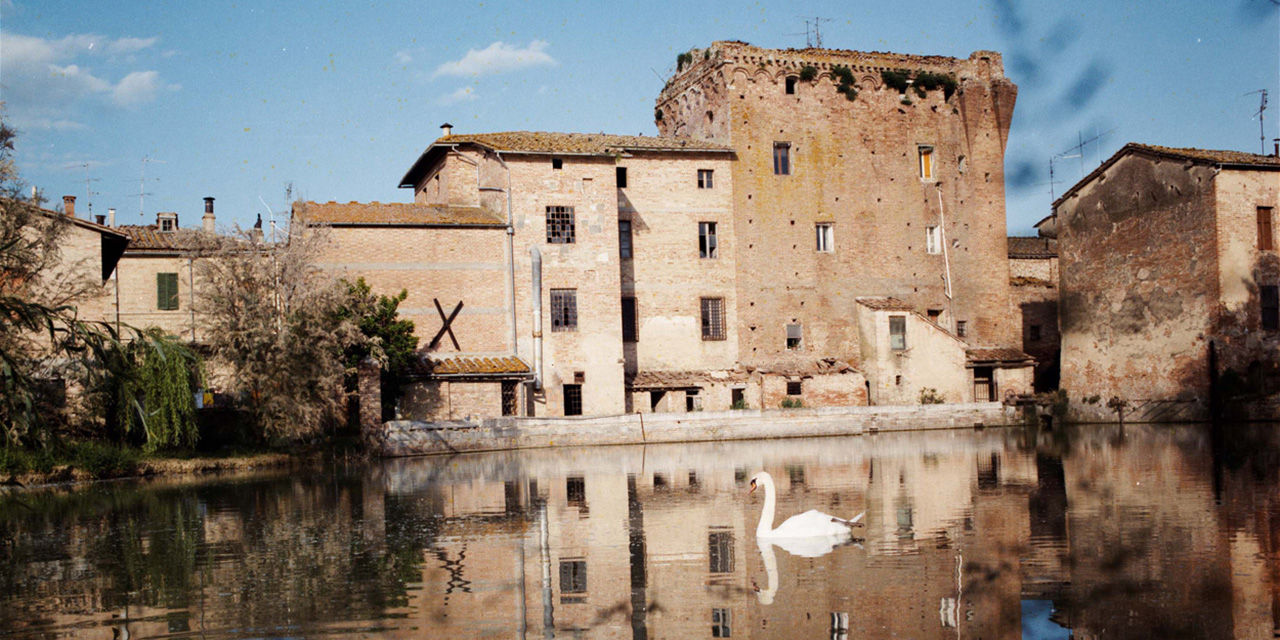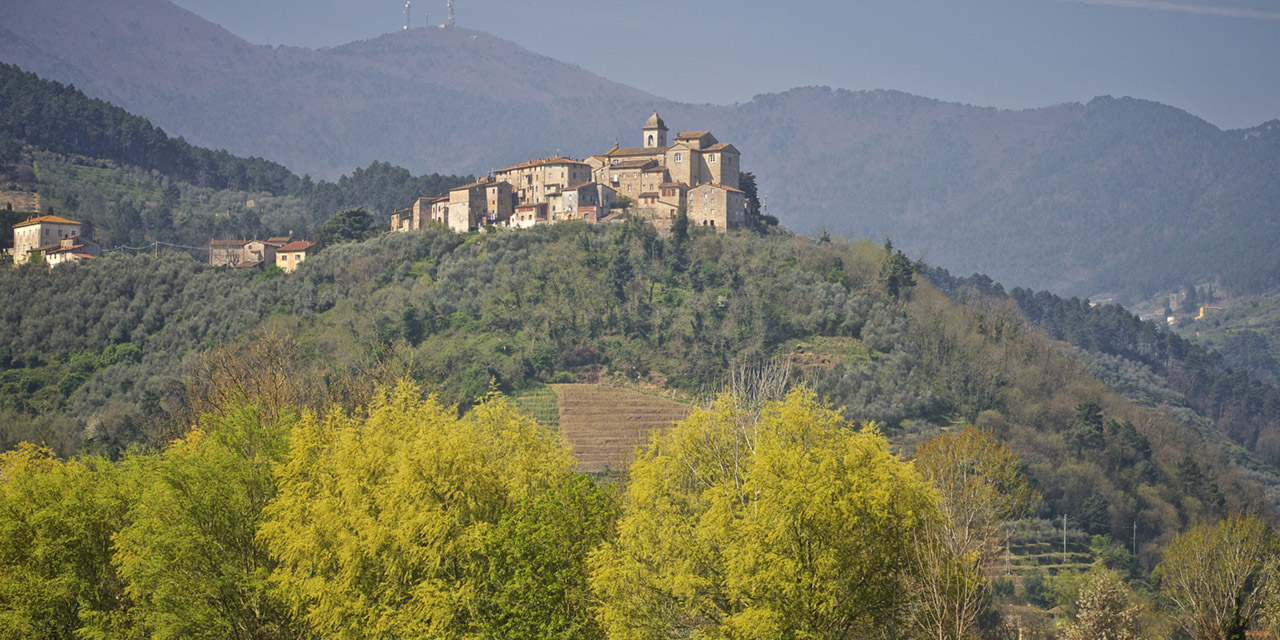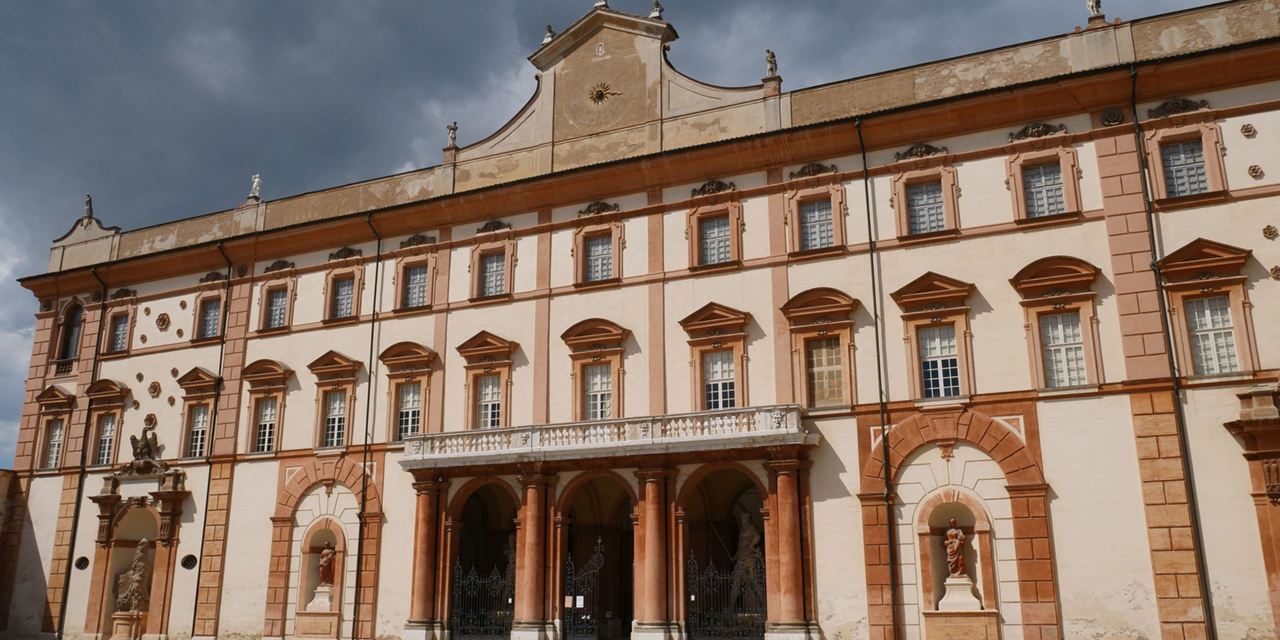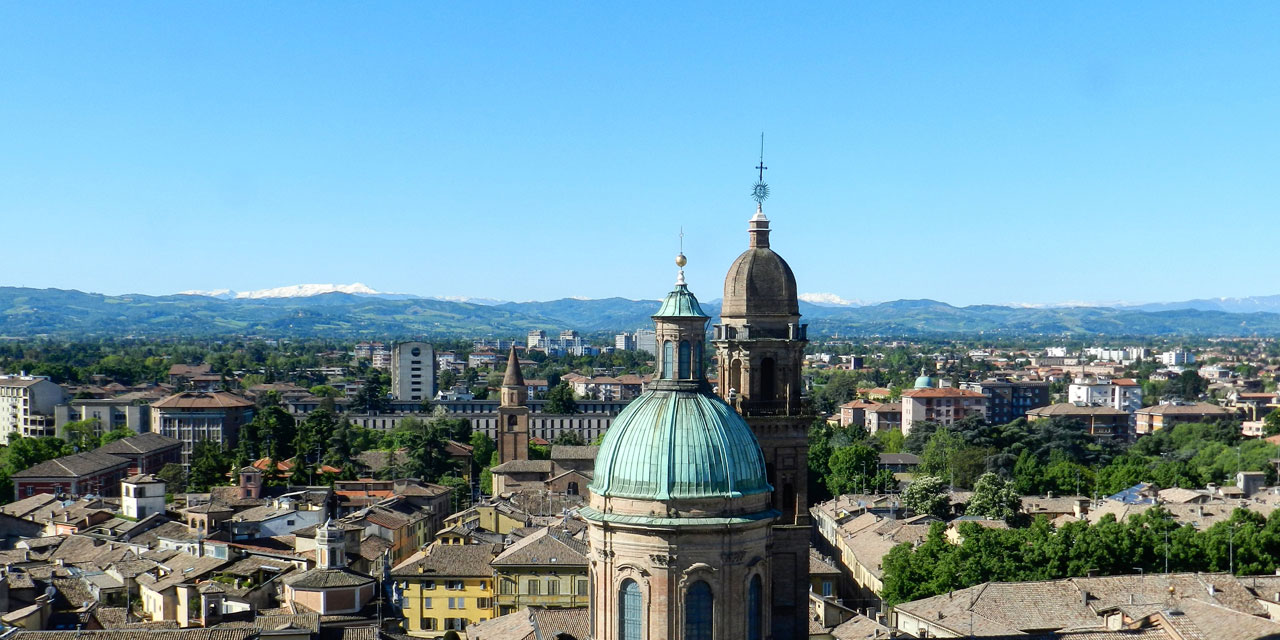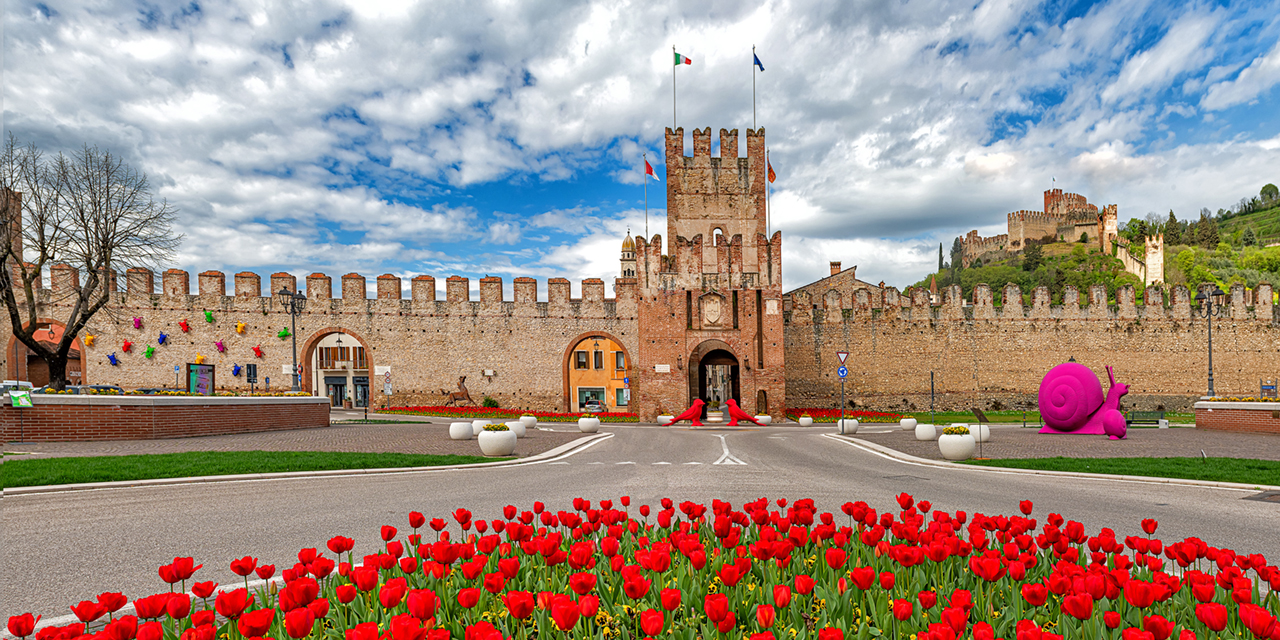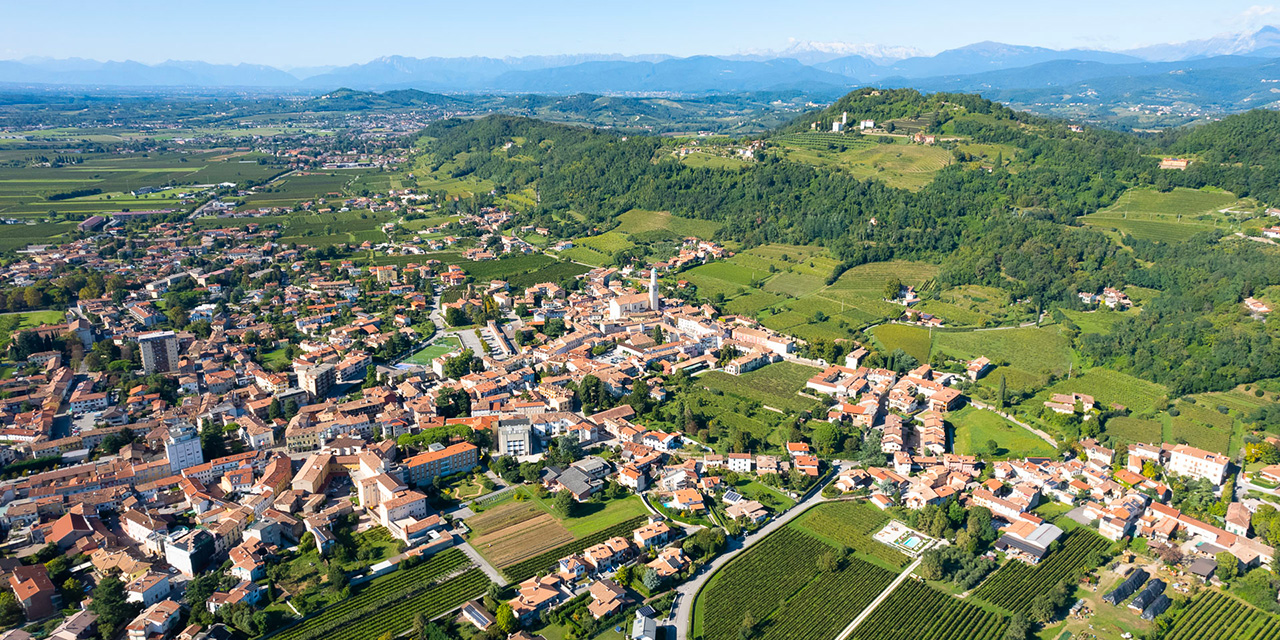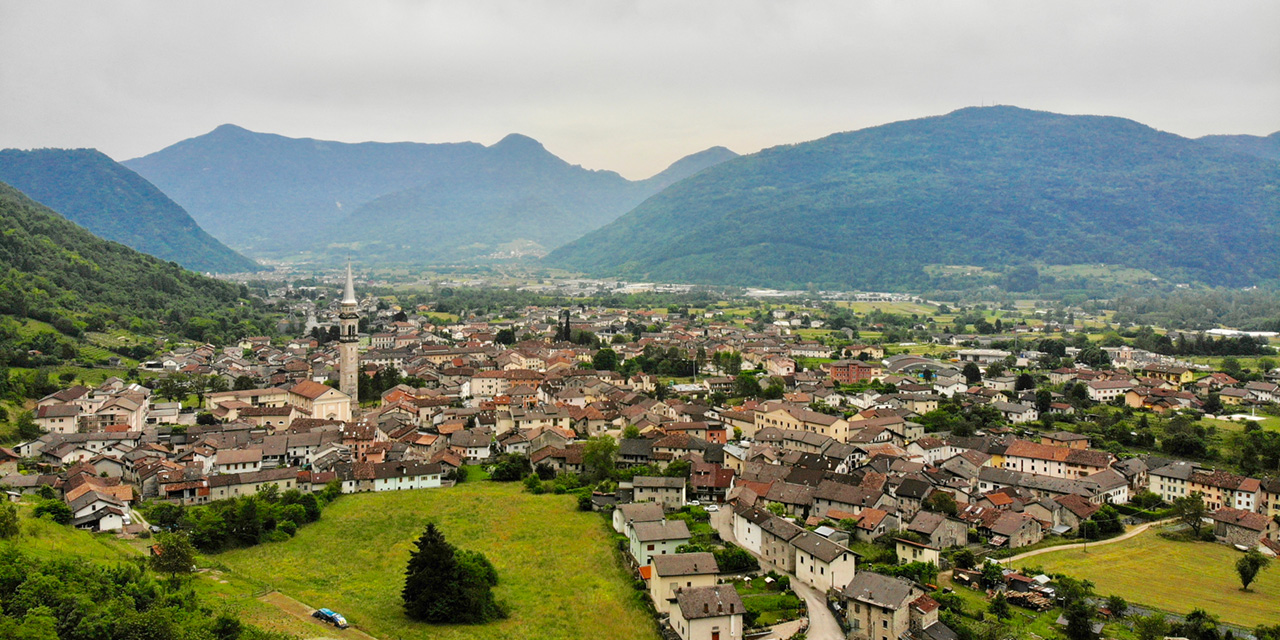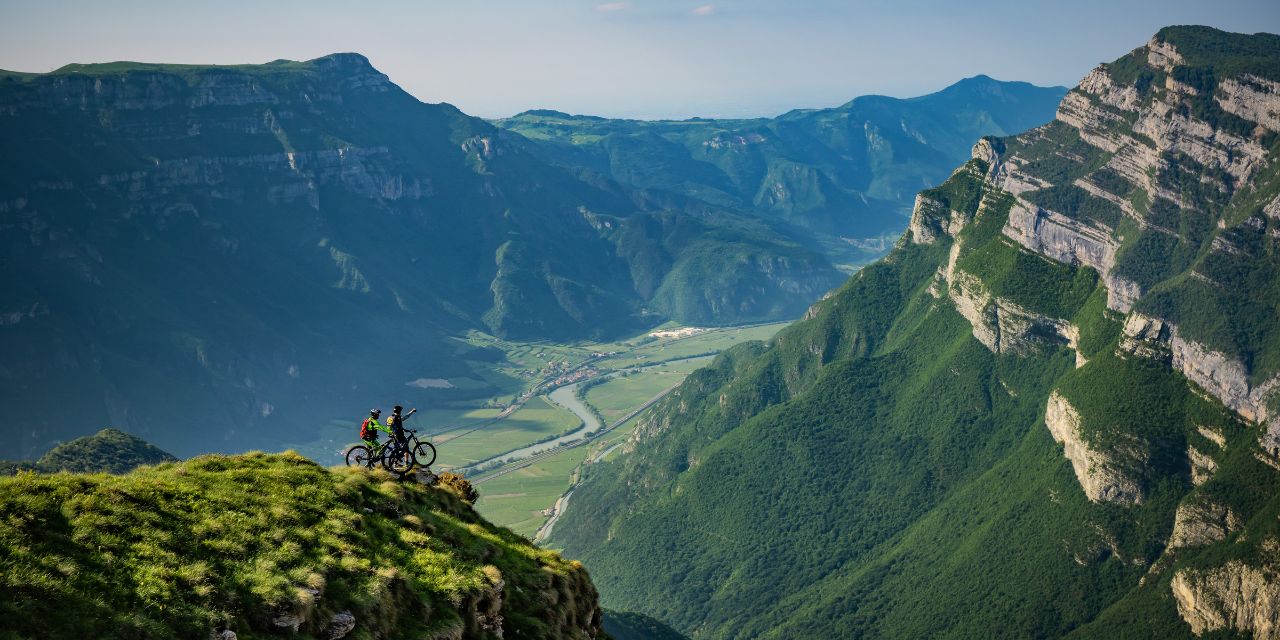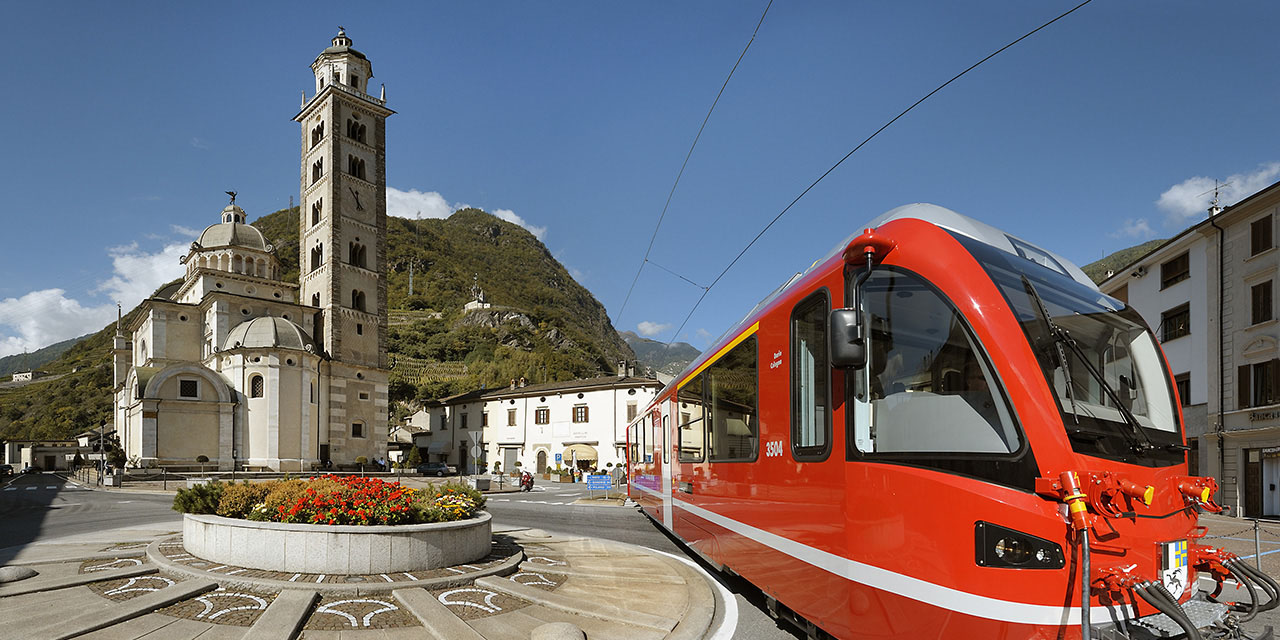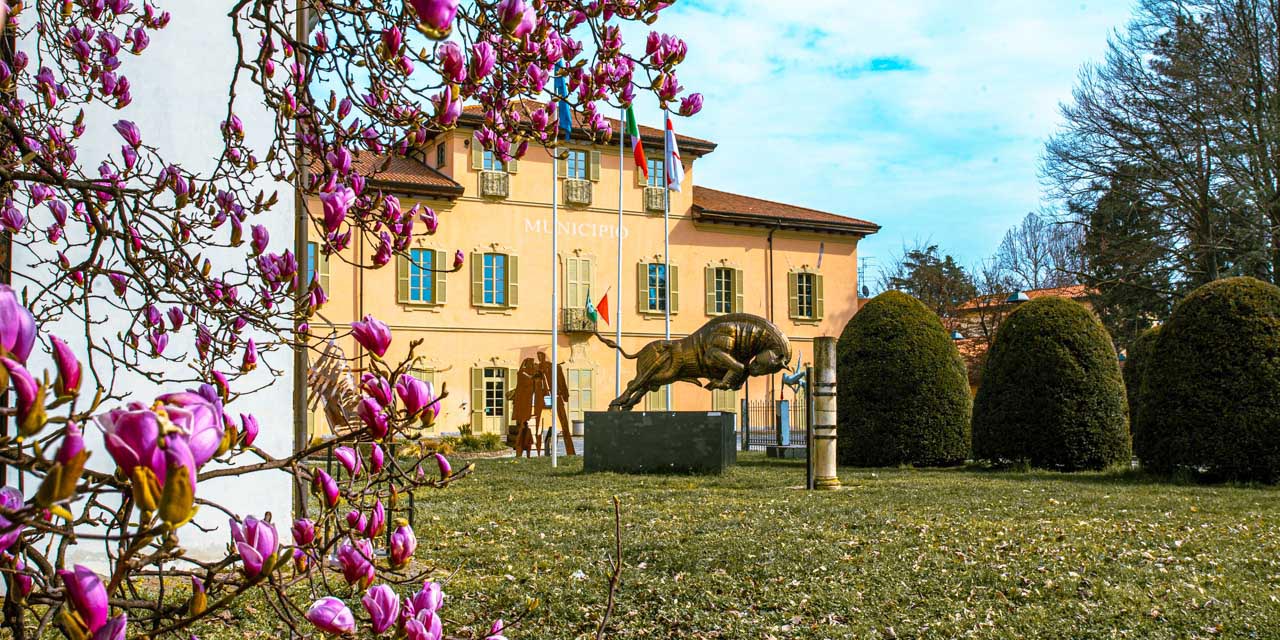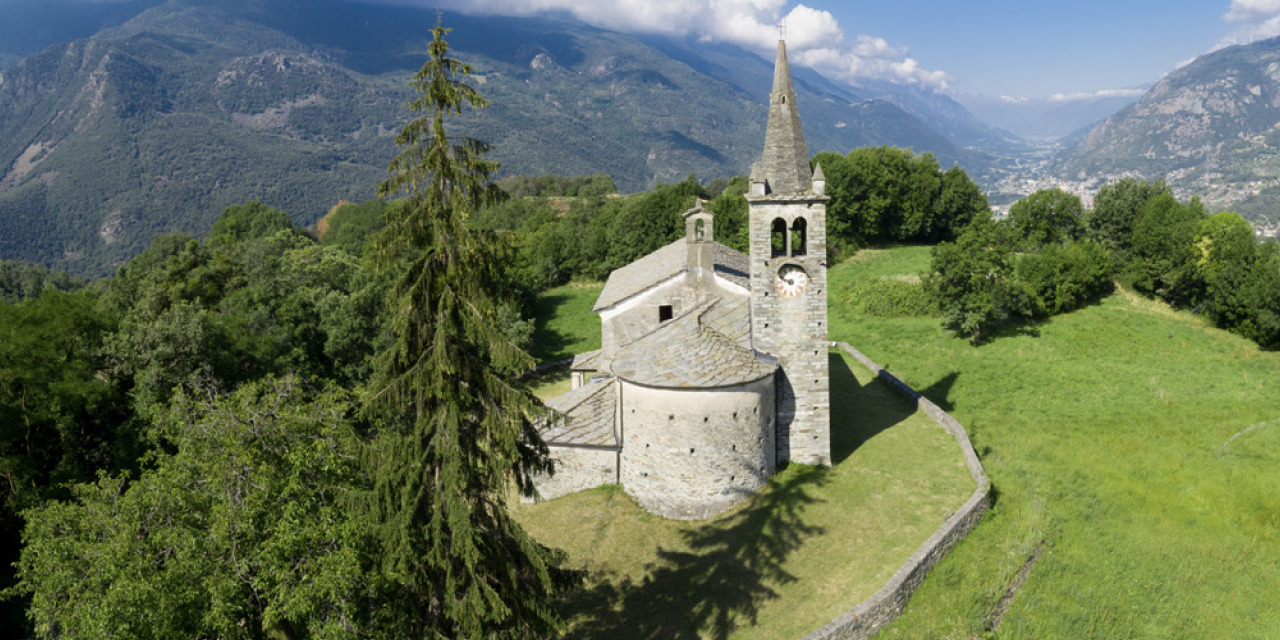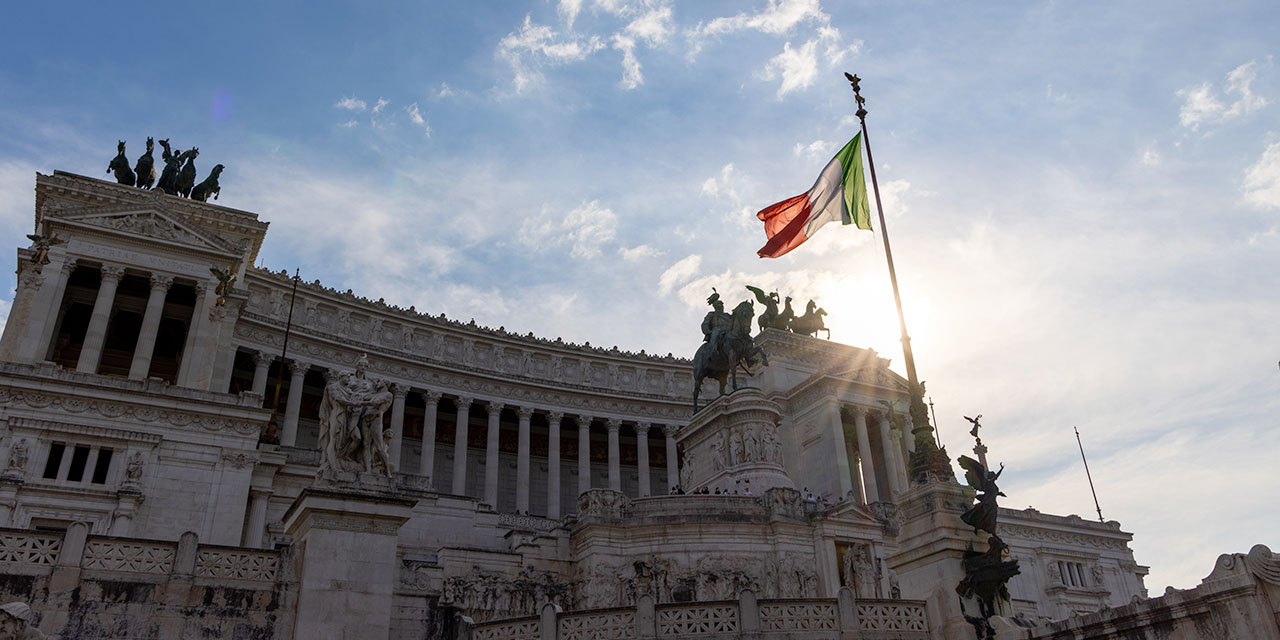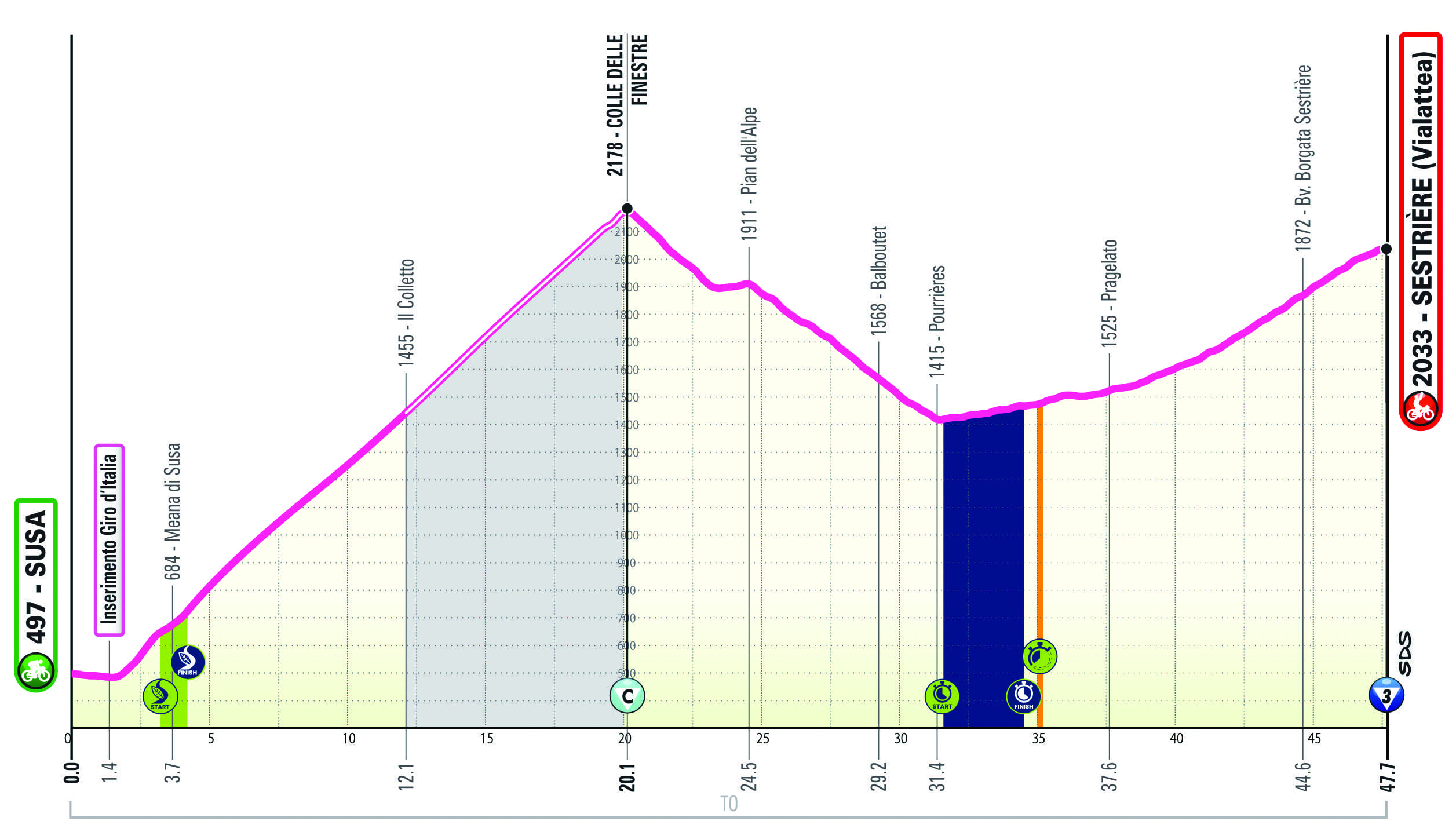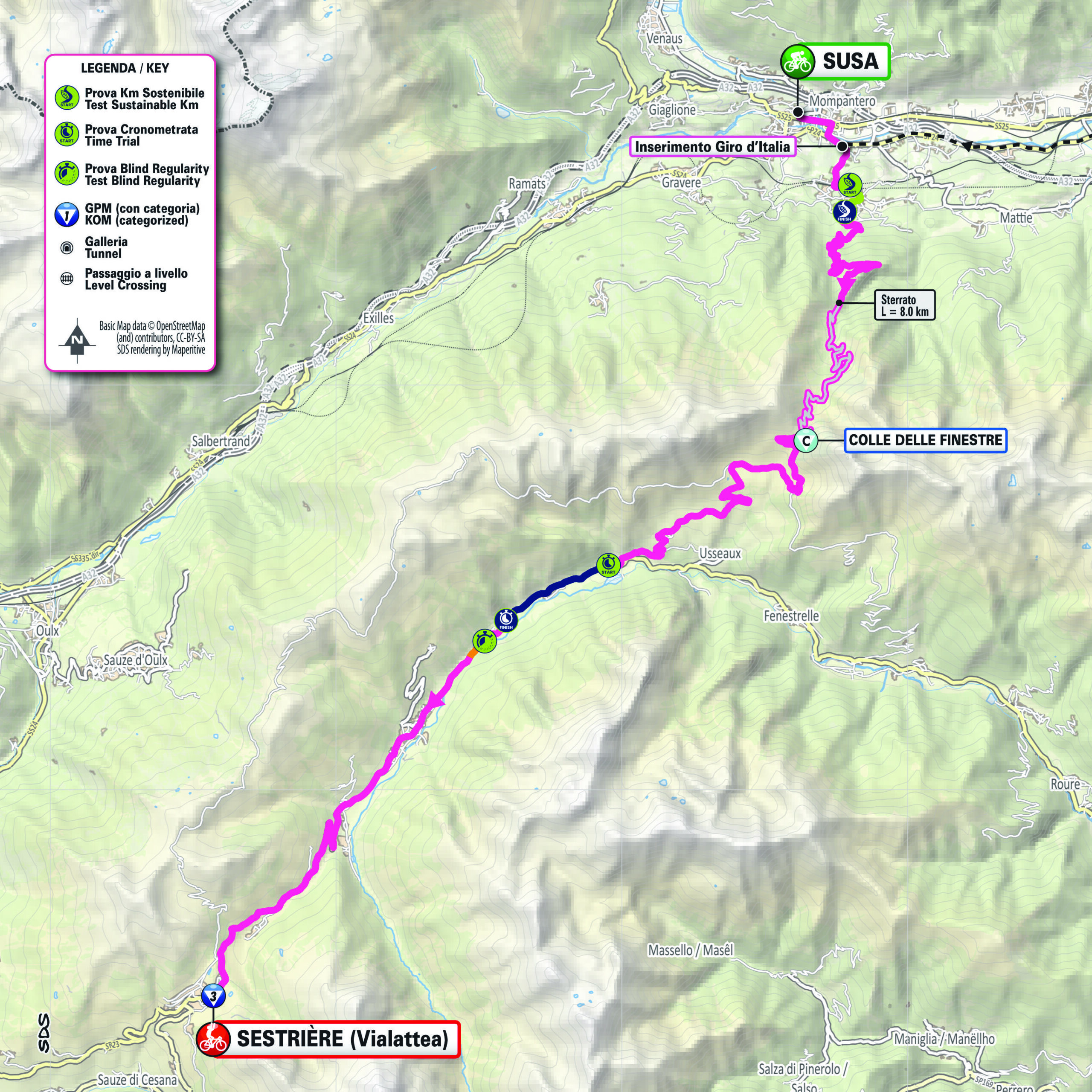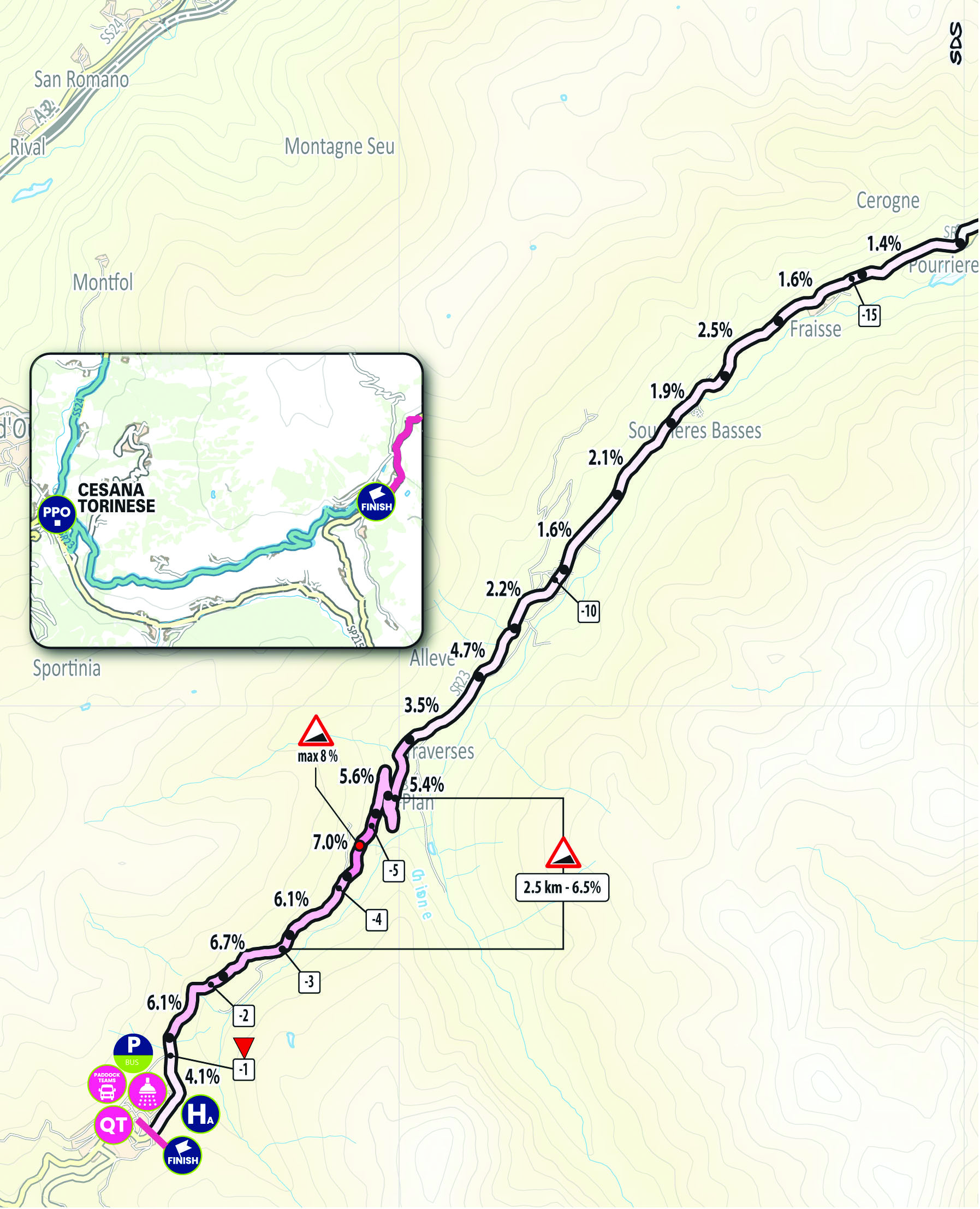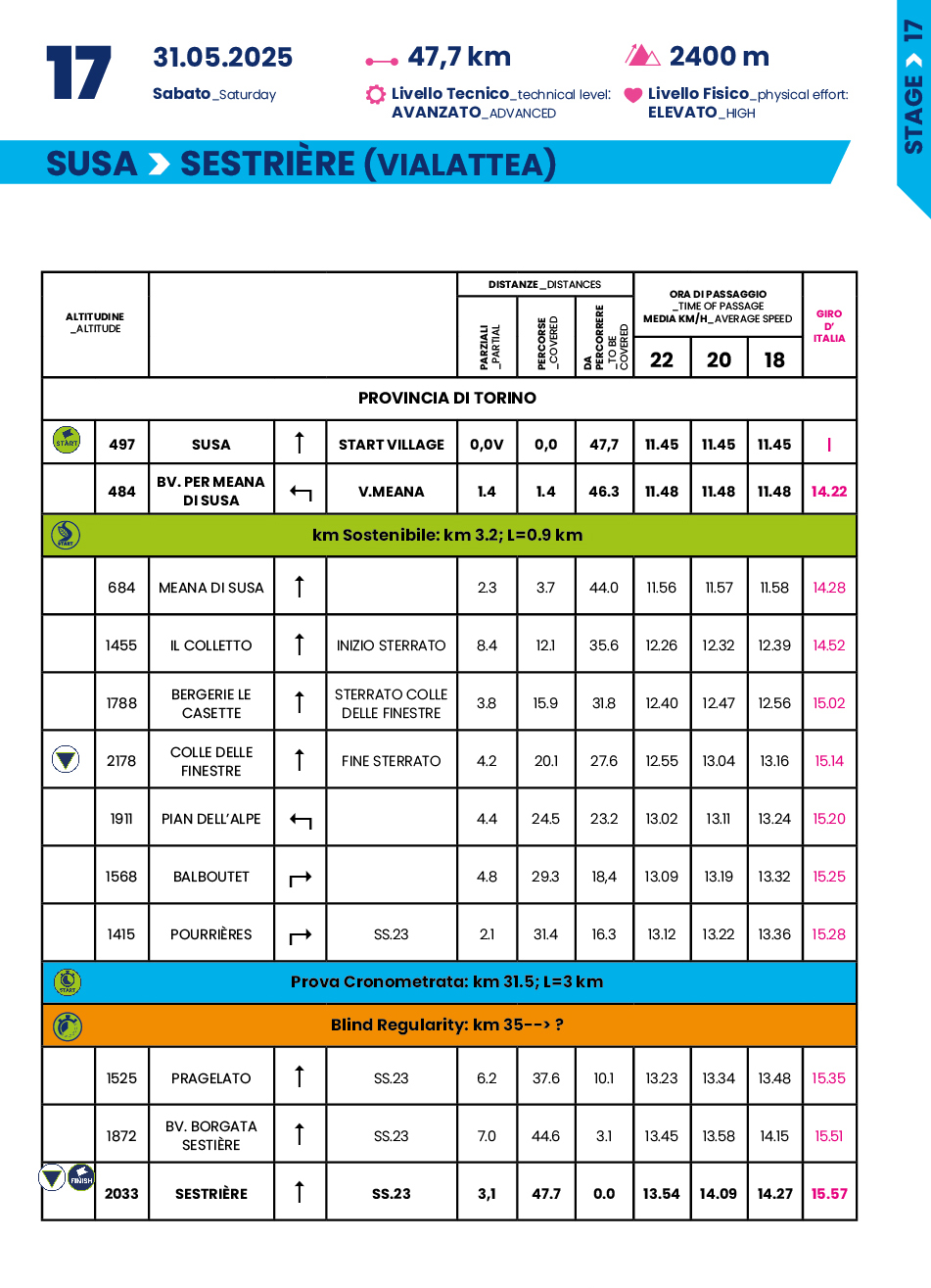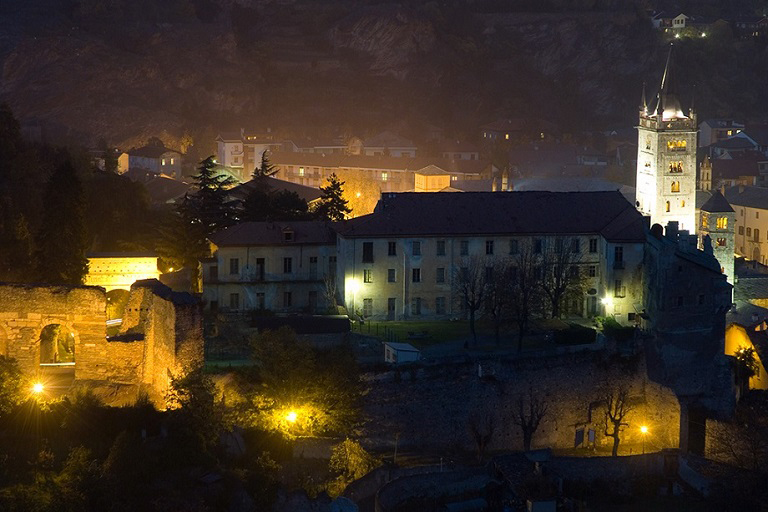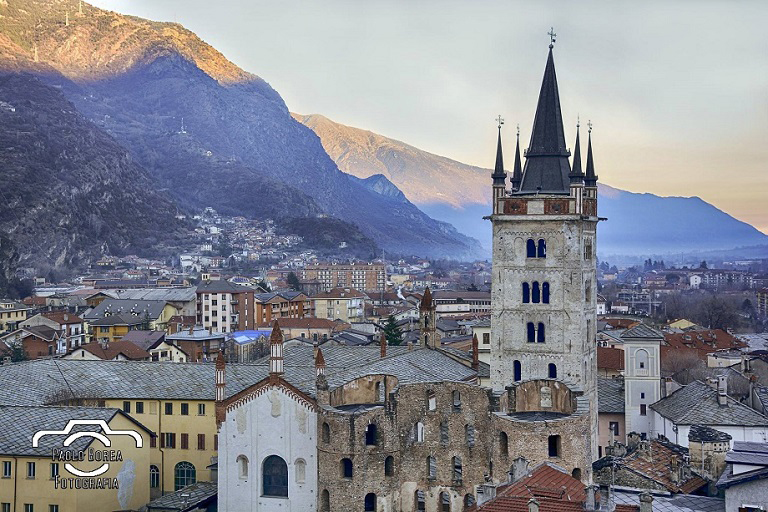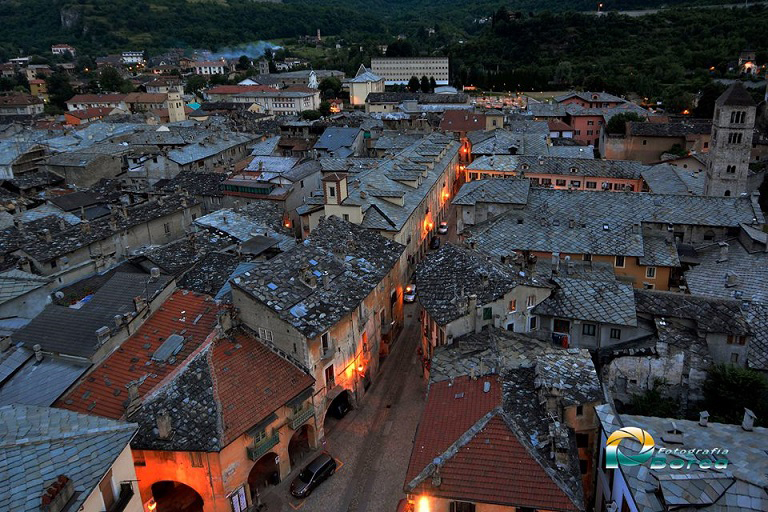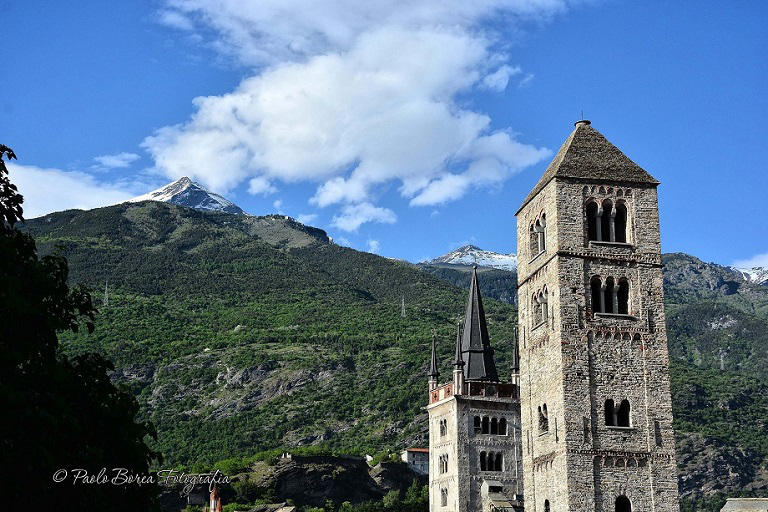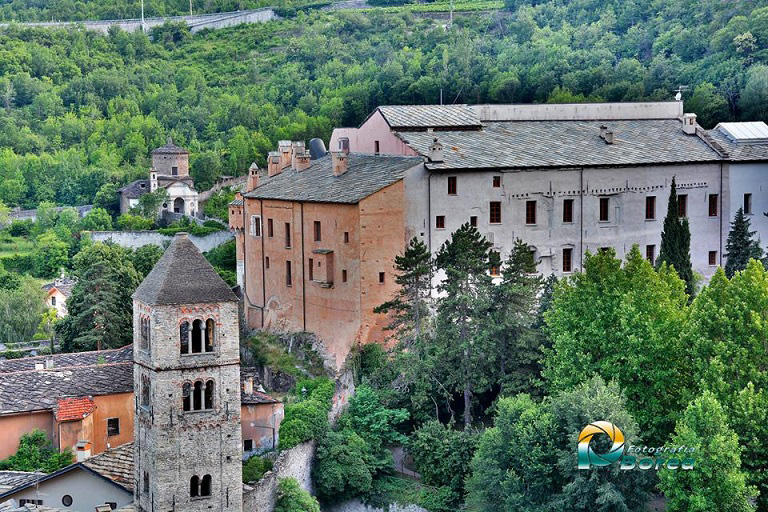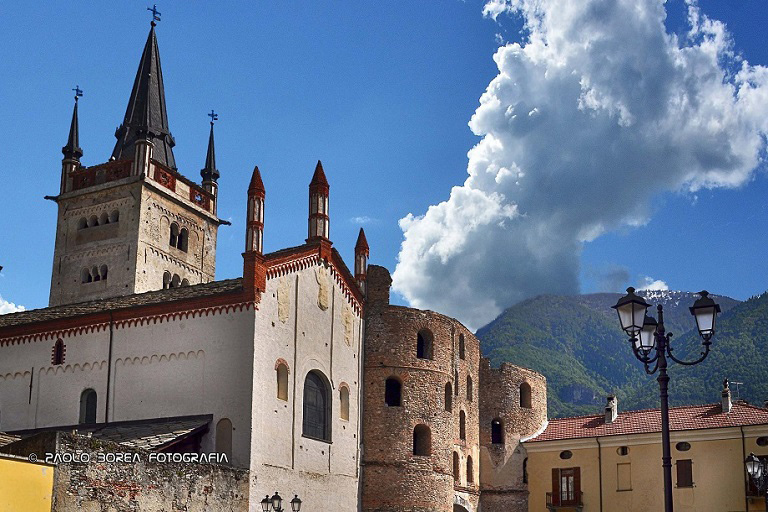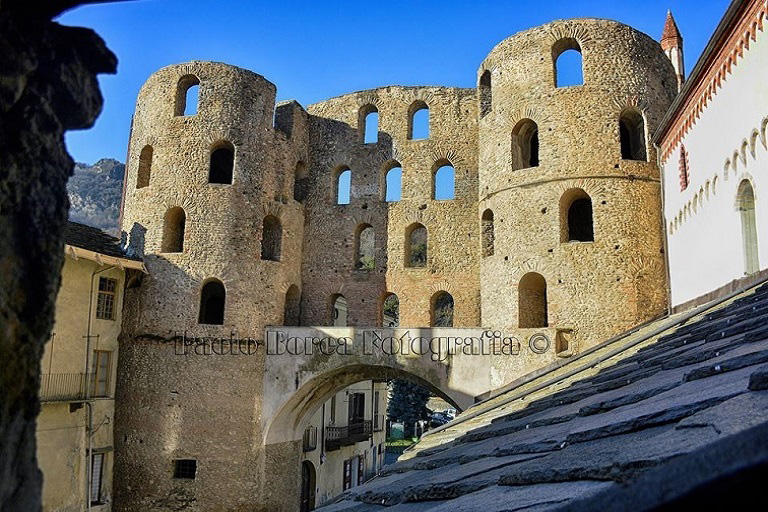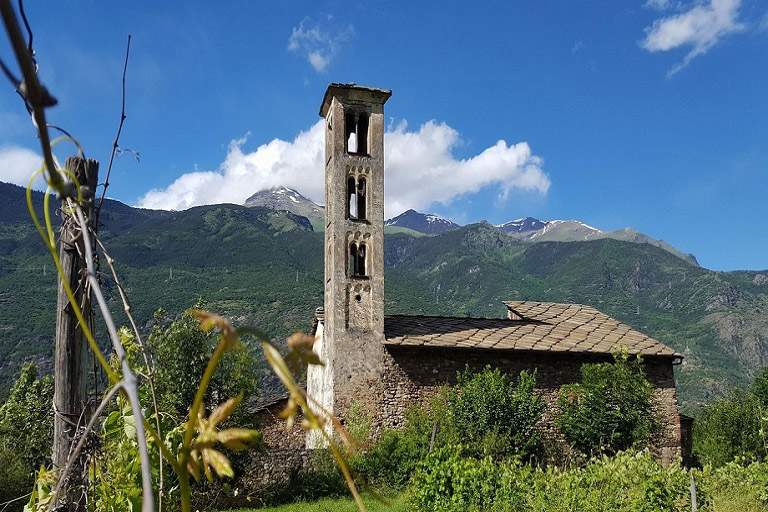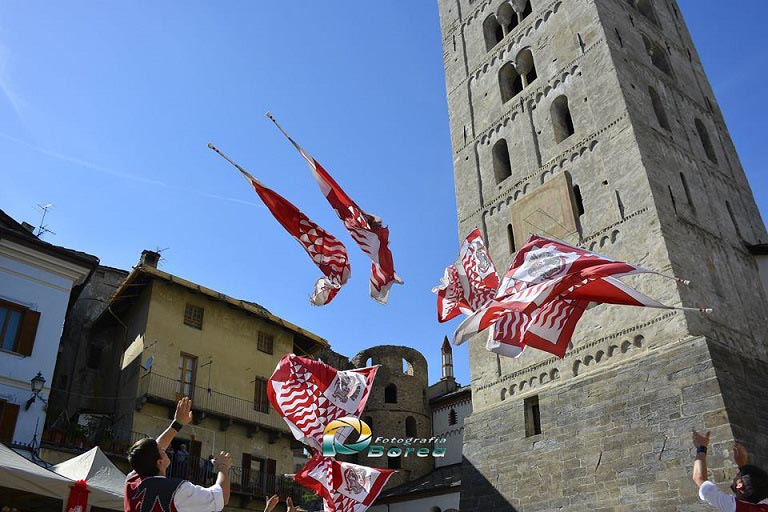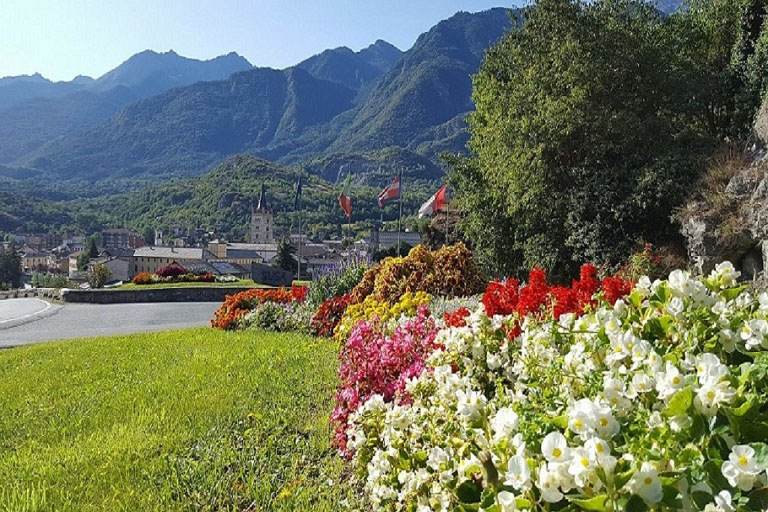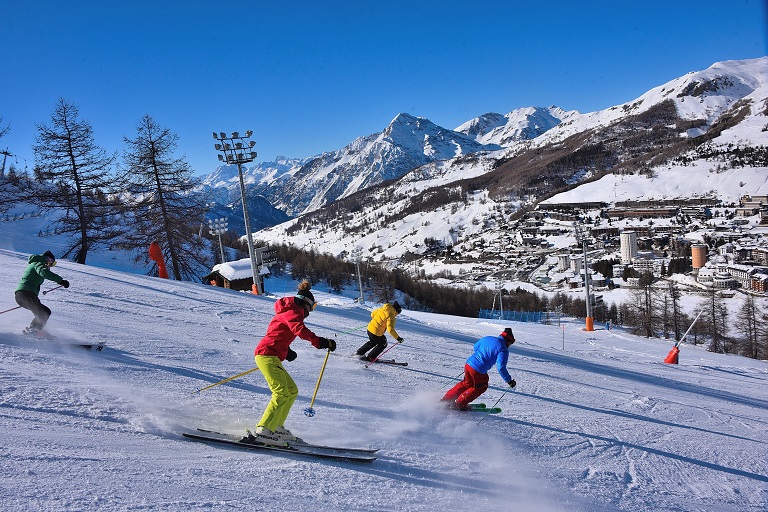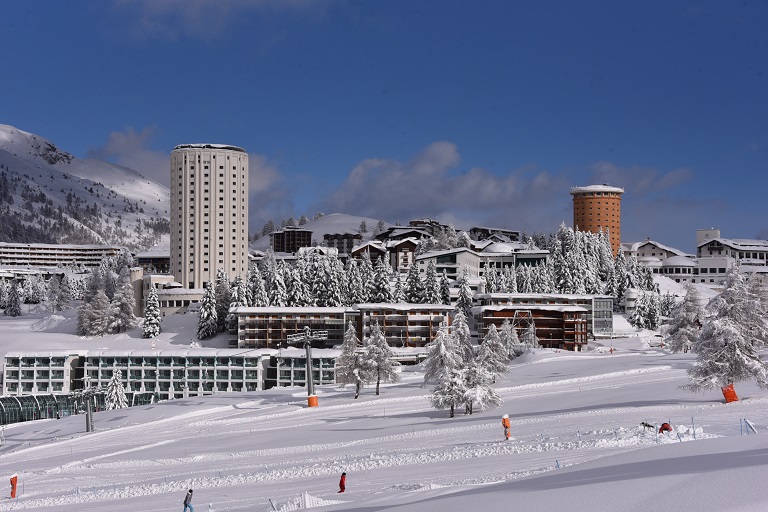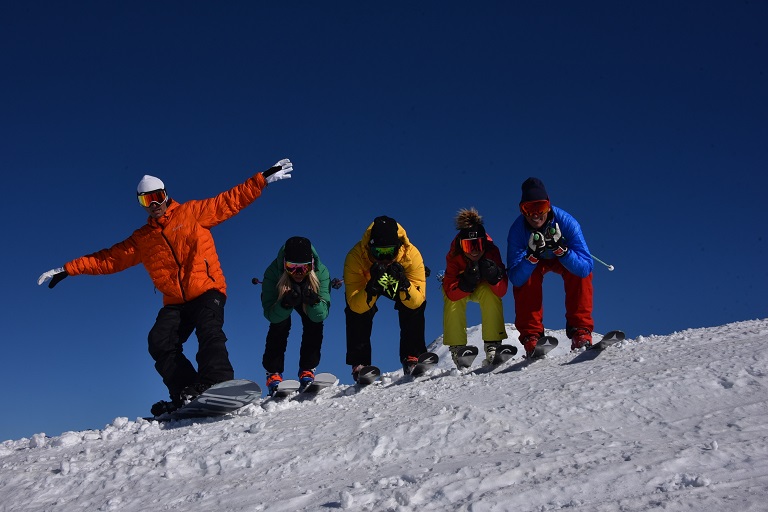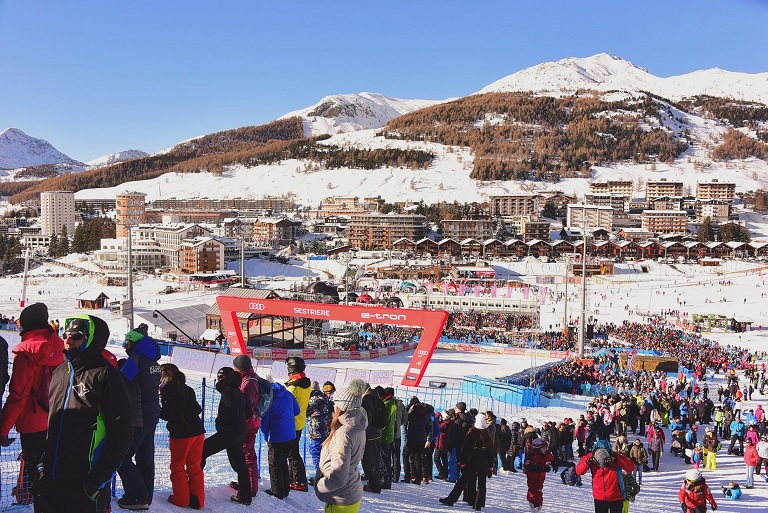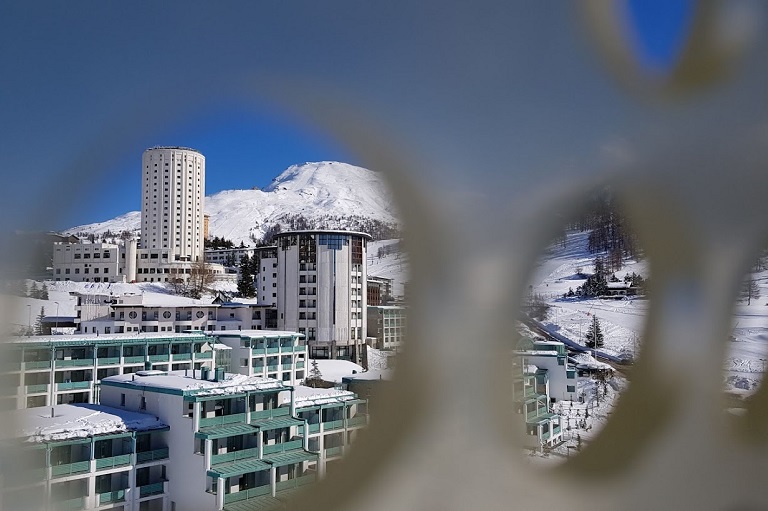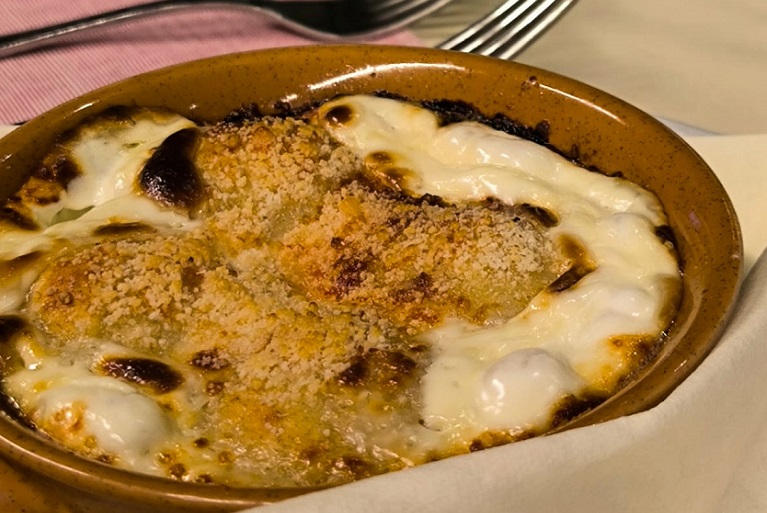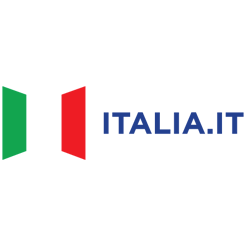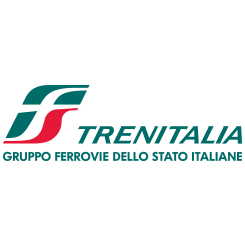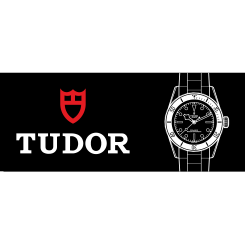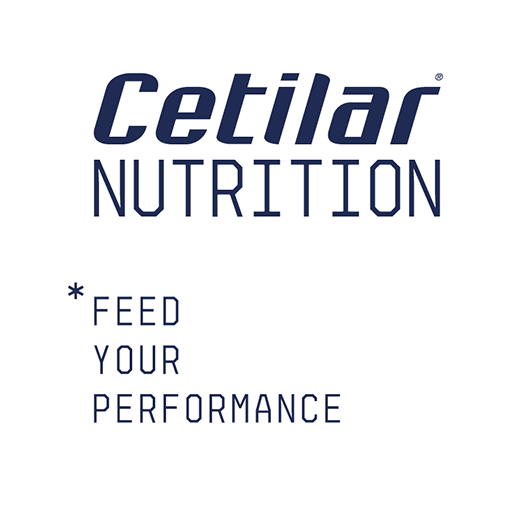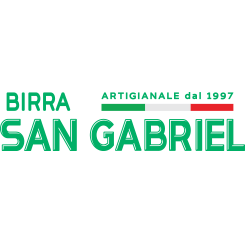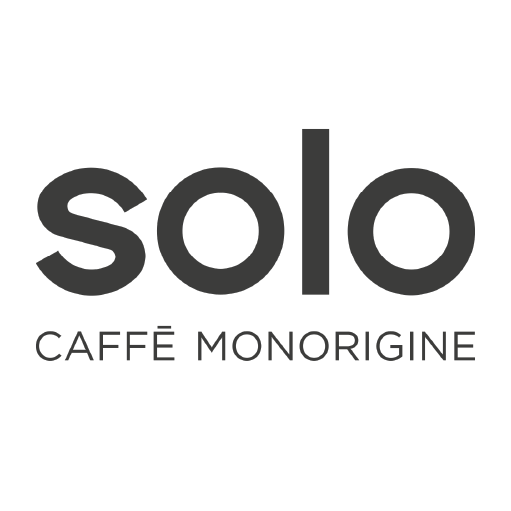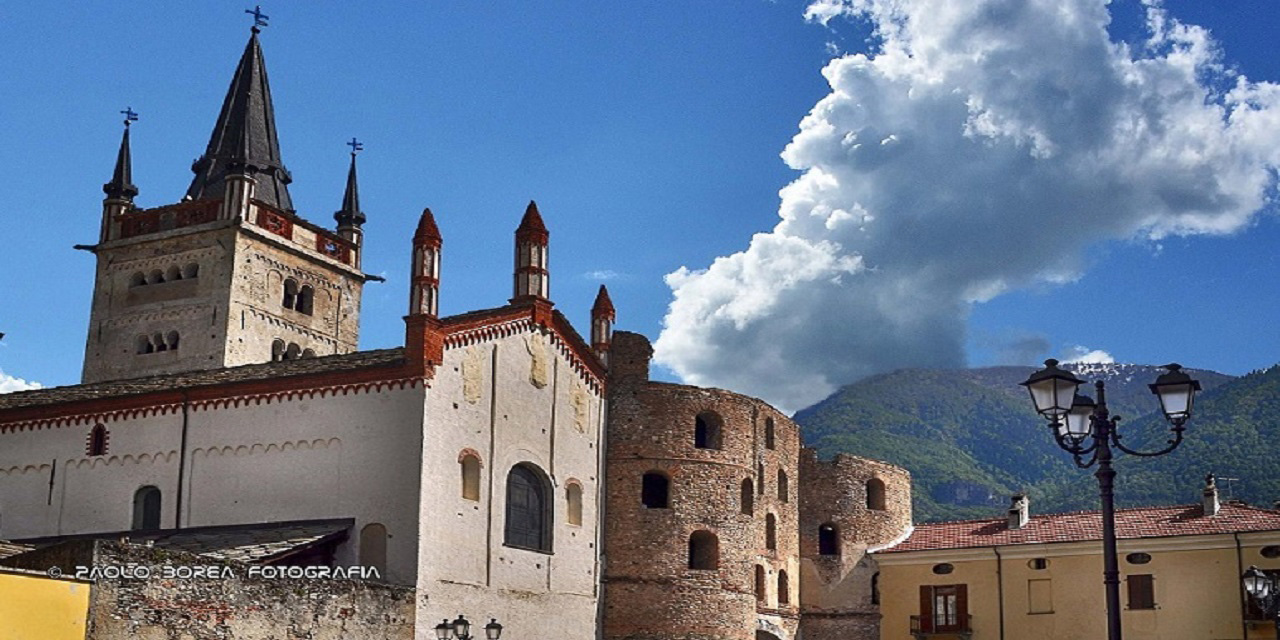
Stage
17
Saturday 31
May 2025
47,7 km
Altitude gain 2400 mt
Technical Level: Advanced
Physical Effort: Elevato

Susa -
Sestrière
Susa - Sestrière (Vialattea)
tourist info
Host city:
Susa
Overview
Susa is located where the plain and the mountains meet, at 50 km from Turin.
The town gained the title of “Gateway to Italy” thanks to its strategic position at the crossroads between the Moncenisio and the Monginevro passes.
It was a Celtic settlement, thrived under the Roman Empire and, after a period of decline, flourished again in the Middle Ages. The town’s long history is apparent in its numerous, exceptional monuments.
Today Susa is a lively town much appreciated by tourists and animated by events which reconnect it to its illustrious past.
Gastronomy
SoupaGrasa, Susa Valley prosciuttello, bondiola, bacon, juniper-flavoured lard, Susa’s sweet focaccia, Lose Golose, Pan della Marchesa.
Wine and beverage
The vineyards, situated at 800 metres above sea level, produce Valsusa DOC (controlled denomination of origin) wines from historic local grape varieties such as Avanà and Bequet, as well as ice wine.
Points of interest
From the Roman Savoy Gate (3rd-4th century) enter the square dominated by the romanesque-gothic Cathedral dedicated to Saint Just (1027) and the mighty 55-meter-high bell tower.
Walking up the Viale dell’Impero Romano reach the Arch of Augustus (8 B.C.) and on top of the hill find the remains of the ancient castrum, the imposing Roman acqueduct and a rock with Celtic carvings (7 B.C.) at its base.
Beside the castrum stands the Castle of Countess Adelaide (11th century), wife of Oddone of Savoy. Today it houses the Civic Museum.
Following a path passing by the Our Lady of Graces Church (18thcentury) arrive at the Roman Amphitheatre (2nd century A.D.) and then Saint Francis Church (13th century). Leaving behind the remains of the ancient walls, walk to Via Palazzo di Città with the Emblems’ House, Saint Charles Church (17th century) and the Town Hall.
Under the arcades, admire a fresco representing the Holy Shroud of Turin, in a courtyard just opposite see the Rotari Tower (4th century) and, further along, De’ Bartolomei’s House (13th century). In the little square, which used to be the herbs market place, find the remains of the Roman Piedmont Gate (the former Haberdasher’s Gate) with the more recent Civic Tower built on top.
In a courtyard along Via Francesco Rolando, admire the Parliament Tower.
At the end of the street, on the left, find the arcades with 14th century paneled ceilings and Santa Maria Maggiore Church (10th century, not open for services). Walk back to Piazza Savoia and, following the river, reach the bridge with the baroque Madonna of the Bridge Church and the Diocesan Sacred Art Museum.
Sestrière (Vialattea)
Overview
One of Italy’s premier ski destinations, Sestriere is part of the famous Via Lattea ski area. With world-class slopes, stunning alpine scenery, and a vibrant après-ski scene, it is a must-visit for winter sports enthusiasts.
Gastronomy
The cuisine of Sestriere, nestled among the peaks of the Upper Susa Valley, is deeply rooted in the Piedmontese mountain tradition, featuring rich and hearty dishes perfect for the Alpine climate. Local alpine cheeses play a starring role: Toma di Sestriere, with its intense flavor and soft texture, is best enjoyed with honey or polenta, while Blu del Moncenisio, a strong blue cheese, pairs well with the region’s red wines.
Another classic dish is polenta concia, enriched with melted butter and cheeses, often served with game stews, mushrooms, or sausages. Among the most notable first courses are agnolotti del plin, small pasta pockets filled with meat or vegetables, and soupe grasse, a traditional Alpine bread and cheese soup.
Sestriere’s artisanal cured meats are another highlight, including mocetta, air-dried beef or chamois seasoned with mountain herbs, and lardo alle erbe, cured pork fat infused with rosemary and spices. The region also boasts delicious traditional desserts such as canestrello piemontese, a crumbly biscuit that pairs perfectly with genepy, the iconic Alpine herbal liqueur.
After a day on the slopes or hiking through the forests, Sestriere’s cuisine offers an authentic experience filled with intense, genuine flavors that tell the story and culture of the Piedmontese mountains.
Wine and beverage
One of the most representative red wines of the area is Barbera d’Alba, an intense and fruity wine with notes of cherry and spice, perfect with alpine cheeses and local cured meats. Nebbiolo, with its elegant and structured profile, pairs beautifully with grilled meats, game, and polenta concia, while the softer Dolcetto provides a lighter alternative, ideal for first courses such as agnolotti del plin.
Among the white wines, Erbaluce di Caluso stands out as a fresh and mineral wine that pairs splendidly with mountain cheeses and Alpine soups. For special occasions, Metodo Classico Alta Langa DOCG, with its fine bubbles and floral bouquet, is the perfect way to toast after a day on Sestriere’s slopes.
No Alpine experience would be complete without genepy, the signature liqueur of the Alps, made by infusing the namesake mountain herb. With its aromatic and balsamic taste, it is ideal as a digestif or paired with traditional canestrelli piemontesi. Alongside genepy, Piedmontese grappa, distilled from Nebbiolo and Barbera grape pomace, offers warm and enveloping notes, perfect for cold winter evenings.
Points of interest
In winter, Sestriere is the heart of the Via Lattea ski area, boasting over 400 km of slopes extending into France. Skiers and snowboarders can challenge themselves on runs of all levels, while cross-country skiers and snowshoers can explore snow-covered landscapes in the silence of the mountains. The resort, which hosted the 2006 Turin Winter Olympics, also welcomes international sporting events, including Alpine Ski World Cup races.
In summer, the area transforms into a paradise for hikers and cyclists. The trails running through Gran Bosco di Salbertrand Natural Park offer breathtaking views and the chance to spot chamois, golden eagles, and marmots. Mountain biking and road cycling enthusiasts can tackle the legendary climbs of Colle delle Finestre and Colle dell’Assietta, historic stages of the Giro d’Italia.
Beyond nature, Sestriere also offers intriguing historical and cultural sites. Just a few kilometers away stands the majestic Fenestrelle Fortress, the largest Alpine fortification in Europe, an imposing defensive structure with spectacular views over the valley. Another must-see is the Fort of Exilles, which tells the story of battles between France and the House of Savoy.


